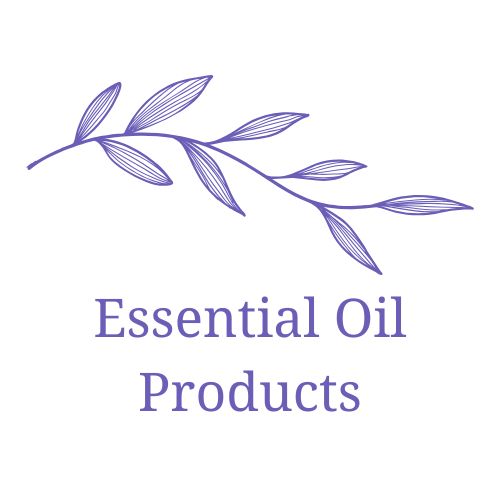Your cart is currently empty!
Understanding ISO Standards and Grading of Essential Oils: A Guide for Buyers
Understanding ISO Standards and Grading of Essential Oils: A Guide for Buyers
In the growing world of aromatherapy and essential oils, the terms used for grading and certification can be confusing for consumers. One way to navigate this complexity is to understand the ISO standards essential oils adhere to, which provide a framework for product definition, quality, and safety.
The Role of ISO Standards in Essential Oils
The International Organization for Standardization (ISO) develops and publishes a range of international standards. For essential oils, these standards, such as ISO 9235, define what constitutes an essential oil and set guidelines for quality assessment.
ISO 9235 outlines the essential oils’ definition, where it categorizes these products based primarily on their composition and extraction methods. This standard provides clarity and a baseline for manufacturers and consumers, ensuring that the products marketed as essential oils meet certain quality benchmarks.
Grading of Essential Oils
Essential oils are typically graded to indicate their purity and intended use. The two main categorization schemes within the industry define oils as either therapeutic or cosmetic grades. A pharmaceutical grade oil would be garnered from plants cultivated specifically for uses in therapeutic settings, while cosmetic grade often indicates an oil that may be diluted and is intended for skin care products.
This distinction is significant because it can influence how a user chooses an oil for specific applications. Many consumers trust labels that proclaim ‘therapeutic’ or ‘pharmaceutical’ grade, assuming they correlate directly with higher purity or effectiveness. However, not all brands adhere to the same standards, which makes understanding the ISO guidelines even more critical.
Key Factors Influencing Oil Grading
- Purity: The concentration of the active components in essential oils dictates their grading. Purity levels can be influenced by extraction methods and the geographic origin of plant material.
- Production methods: Organic farming and careful distillation processes contribute to higher-quality oil grades. Ensuring adherence to ISO standards during production is essential in achieving the desired grade.
- Labeling: Clear labels that conform to ISO standards allow consumers to make informed choices. Inspecting labels for compliance can expose discrepancies between advertised grades and actual content.
Regulatory Compliance and Safety
Compliance with ISO standards is a critical aspect of ensuring the safety and integrity of essential oils. Companies ensuring their production processes are in line with recognized guidelines can reduce risks associated with contamination and improper labeling.
For instance, label inspection plays an important role in maintaining transparency. Buyers should look for certifications that indicate compliance with recognized standards. This vigilance is especially important when sourcing oils for therapeutic use, where the effectiveness and safety of the product is of utmost importance.
Aromatherapy Oil Grading: Navigating Choices Wisely
When customers are selecting essential oils, they should consider more than just price or brand reputation. Understanding the implications of grading, as set forth by ISO standards, helps in evaluating the legitimacy and quality of the product. For example, oils labeled as ‘therapeutic’ should come with documentation or certification showing they meet high purity standards.
Additionally, as the market continues to expand, it is essential that consumers remain educated about basic terms and the meanings behind product labels. This education is vital in making informed decisions, maximizing the benefits derived from essential oils while also ensuring safety.
As buyers navigate the dynamic world of essential oils, recognizing the importance of ISO regulations assists in discerning between differing product claims. The quest for quality should be guided not only by marketing language but by a commitment to understanding the rigorous specifications that underpin such essential products.

Leave a Reply